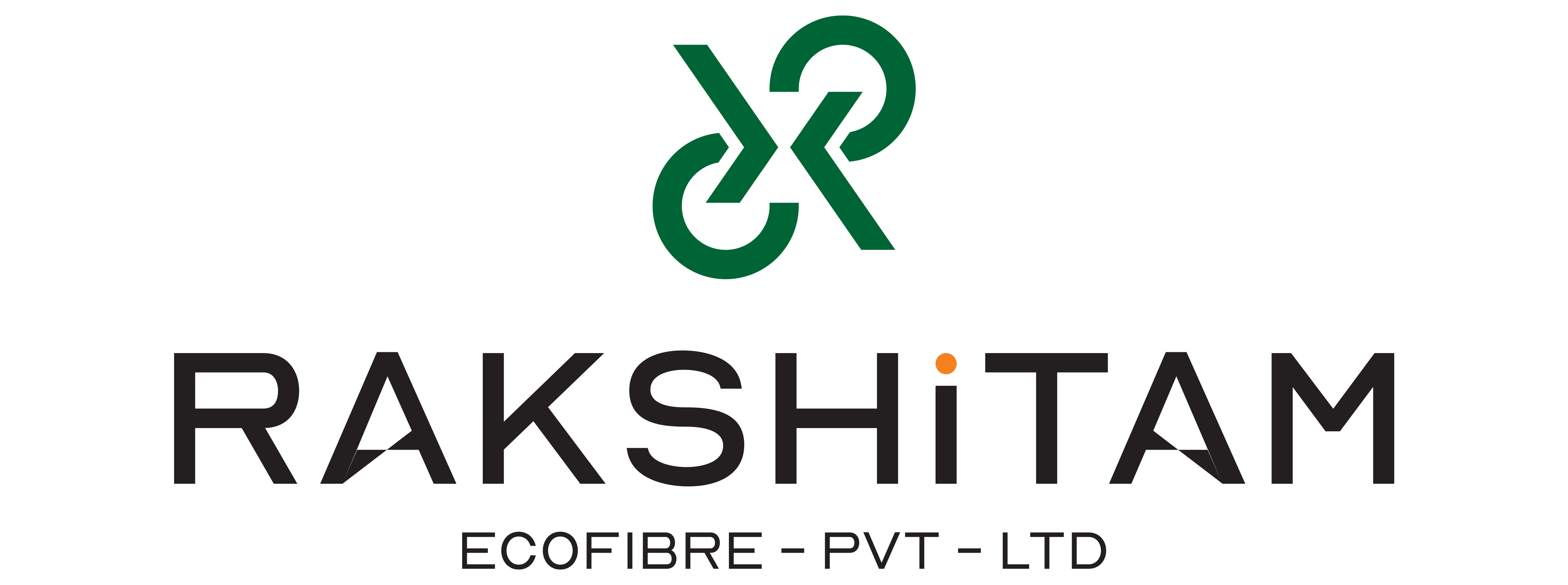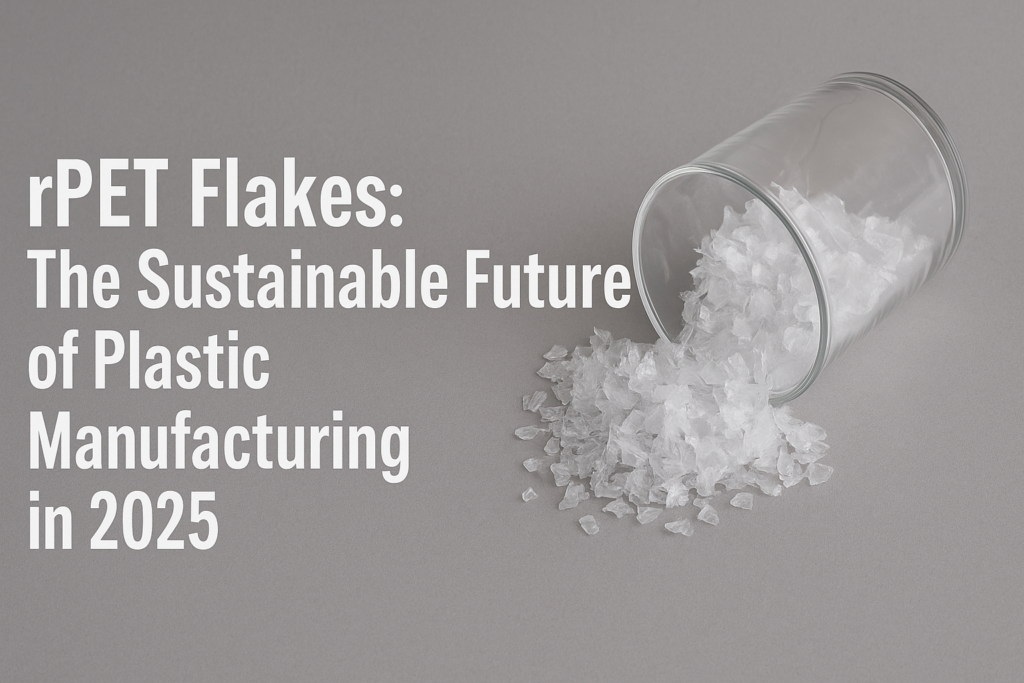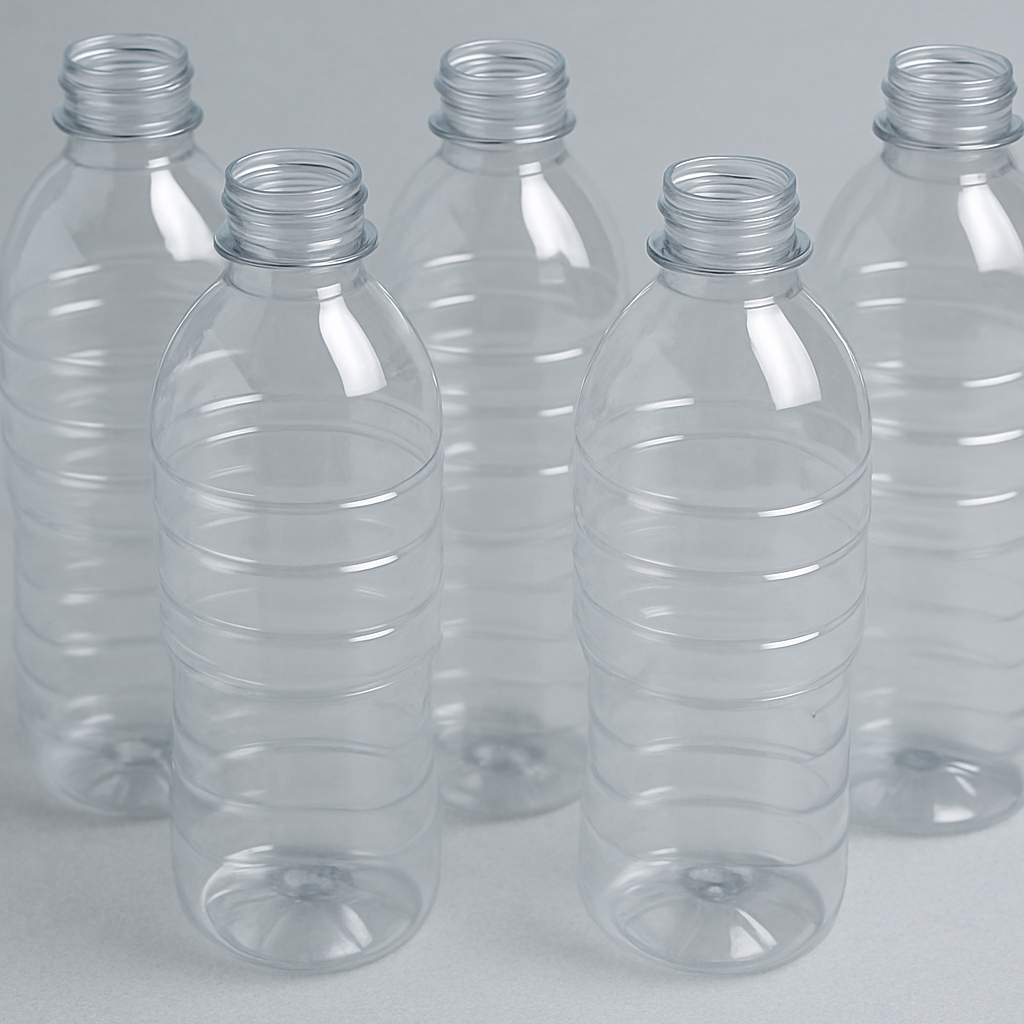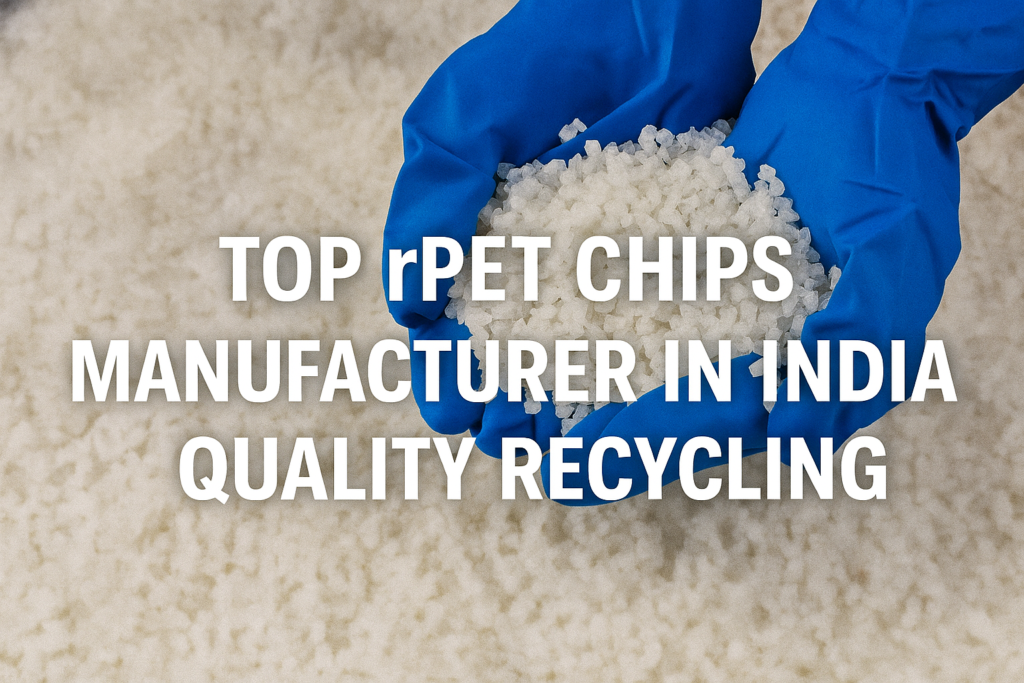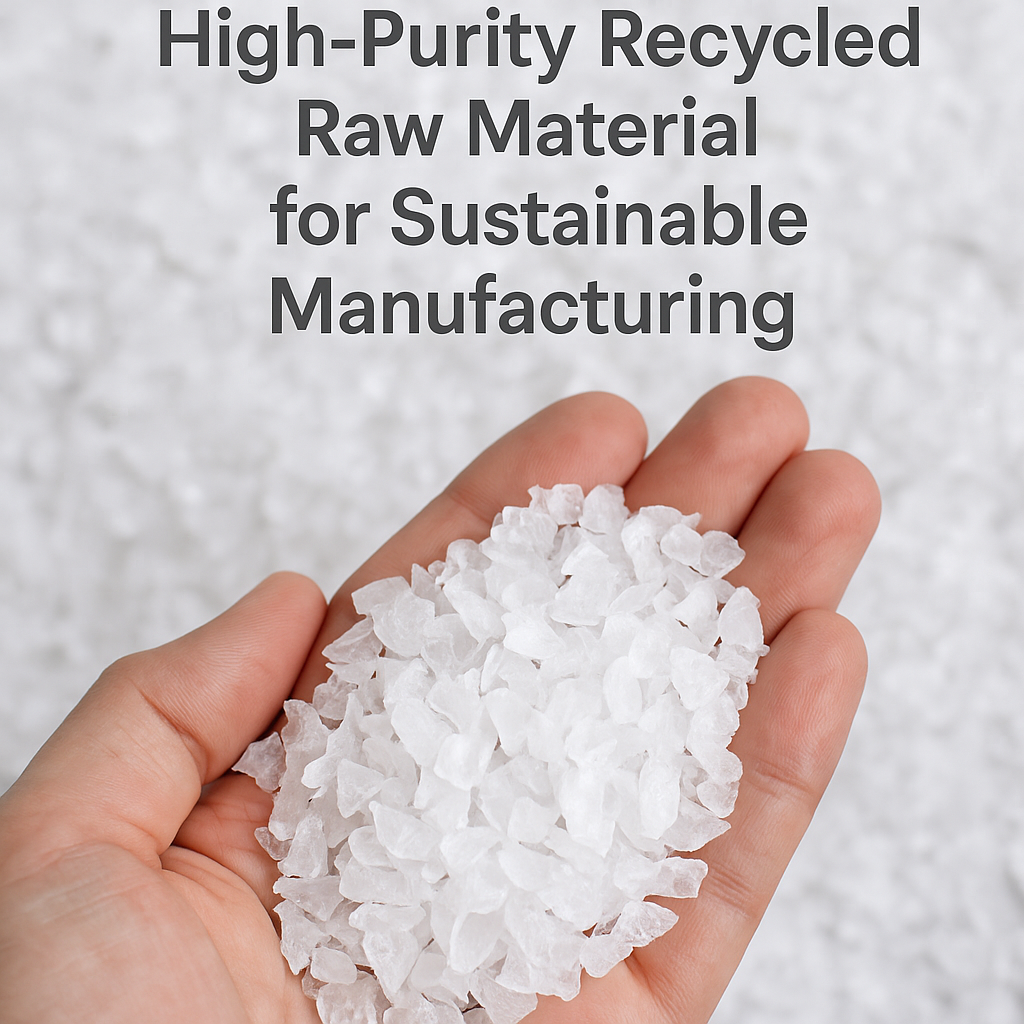The issue of plastic waste in India is increasing rapidly. Consumption, population growth, and urban migration have led to an unprecedented increase in non-biodegradable waste like PET (Polyethylene Terephthalate) Bottles and packaging. This problem is, in turn, driving innovation. One of the most impactful examples of creating a positive change is the adoption of RPSF (Recycled Polyester Staple Fibre), a product created out of plastic waste. RPSF is transforming the textile and manufacturing sector of India.
What is RPSF?
Recycled Polyester Staple Fibre, or RPSF, is a type of synthetic fiber resulting from recycling PET plastic. Instead of letting plastic bottles clutter landfills and oceanic regions, they can be collected, properly cleaned, shredded, and changed into high-quality polyester fibers. These fibers have numerous applications including;
- Garments and textile yarns
- Automobile upholstery
- Cushion and pillow covers
- Geotextiles and some non-woven filtration fabrics
- Insulating materials
Importance of RPSF in Context of India
Every year, approximately 3.5 million tonnes of plastic waste is produced by India and the recycling percentage is relatively low. The economical and sociological sustainability of industry are also crucial factors that allow for plastic waste reduction and economic development to coexist and are accomplished through RPSF production.
The following highlights the advantages of RPSF:
- Substitutes virgin polyester better than RPSF, which is produced from petroleum and is energy-demanding to manufacture.
- Using PET Fibres requires minimal energy and new source fibers creation requires higher energy and water consumption.
- Thousands of people of various skill sets within the recovering, processing and manufacturing forms are employed in multiple tasks throughout the supply chain of the RPSF.
- Agreements for Corporate Responsibility are maintained better with RPSF because these companies can enforce Social Responsibility Policies aligning with Environmental Governance Policies.
Operations in the RPSF Factory
- Collection: Municipal collection through channelized PET exhibitions, scavenging enterprises, or organized waste management workers can all be categorized under the collection of plastic waste.
- Sorting-Cleaning: Removal of caps, contaminations, label identification, and removal are all processes under cleaning and sorting.
- Shredding: Further cleaning processes lead to PET being shaven into minute pieces or flakes.
- Extrusion: Membranes of the lowest alteration are formed by heating and stretching these flakes into fine strands.
- Crimping and Cutting: Texturing followed by cutting into set sizes gives end Recycle.
This closed-loop process reduces waste, emissions, and dependence on fossil resources—making it one of the most sustainable industrial practices.
RPSF in Action: Real-World Applications
And Eco-Friendly Apparel- Fashion brands are now marketing ‘green’ clothes and attempting to reduce emissions in their supply chains. RPSF is being used all over India for manufacturing:
- Automotive and furniture-grade durable fillers
- Infrastructure geotextiles like roads and erosion control structures
- Civils Industrial textiles for filtering and insulating materials
- Due to its affordability and ease of use, it benefits any industry aiming to reduce carbon emissions, and without losing quality.
Challenges and the Road Ahead
While many benefits exist, the RPSF industry also faces challenges such as:
- Absence of coherent systems to collect waste
- Lack of awareness of the concept of recycling plastic and its uses by consumers
- Need for more sophisticated recycling systems.
- Global fluctuations in the price of PET
Implementing policies like the Plastic Waste Management Rules opens up new avenues for government action and, coupled with increasing consumer interest in environmentally friendly goods, the outlook for RPSF is positive in India. Investment in R&D alongside policy support will help scale its goal.
Also Read: How rPET Chips Are Transforming the Manufacturing of Plastic Products
Conclusion
Recycling plastic waste into RPSF is more than simply recycling; it indicates a paradigm shift. There is potential for India to emerge at the forefront of the global circular economy by developing its RPSF ecosystem. For the manufacturers, entrepreneurs and consumers, in general, embracing RPSF translates to a cleaner and more responsible world.
